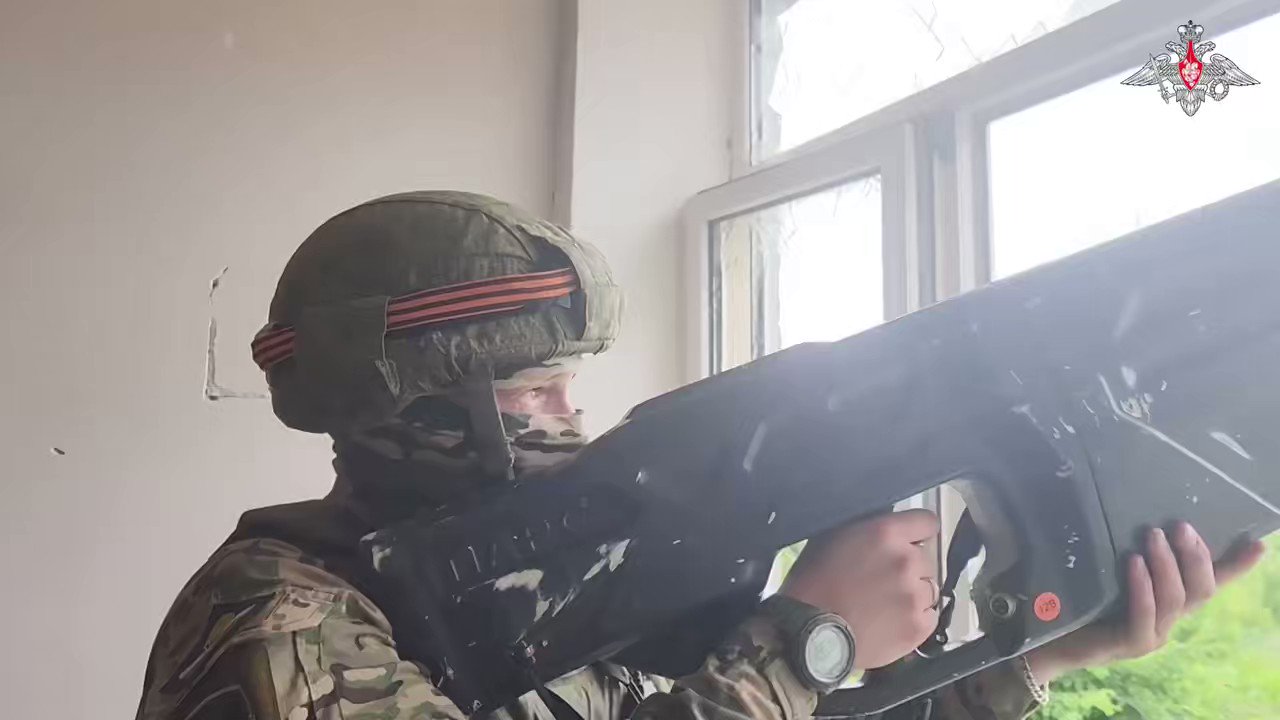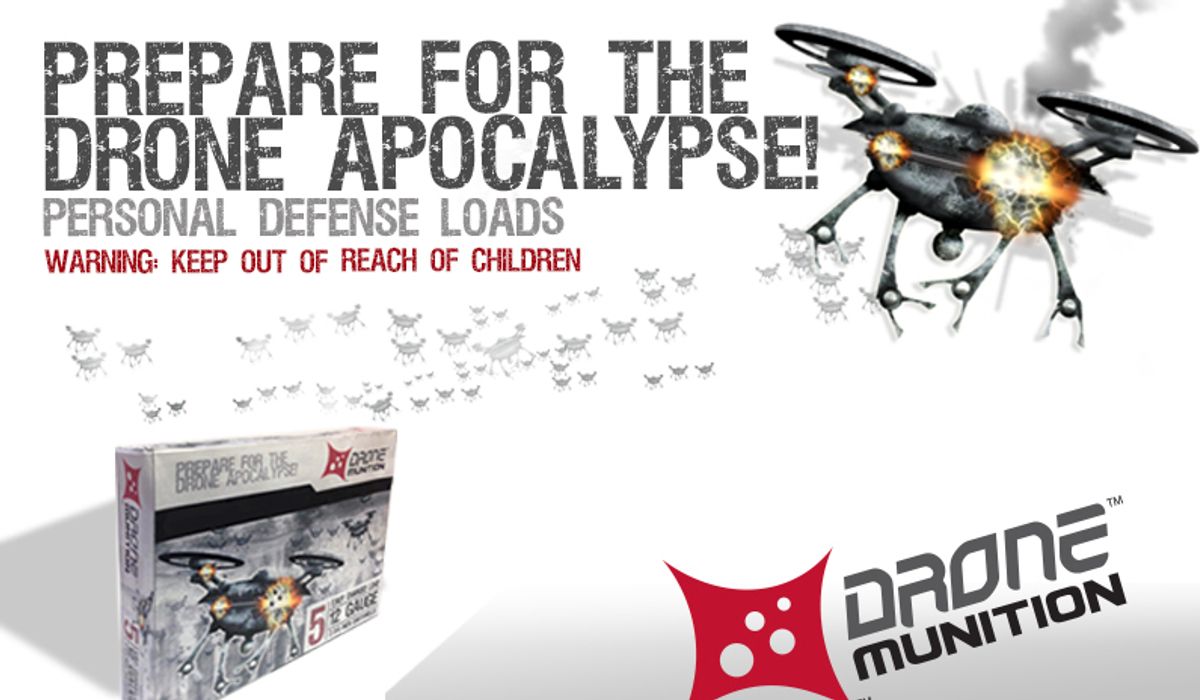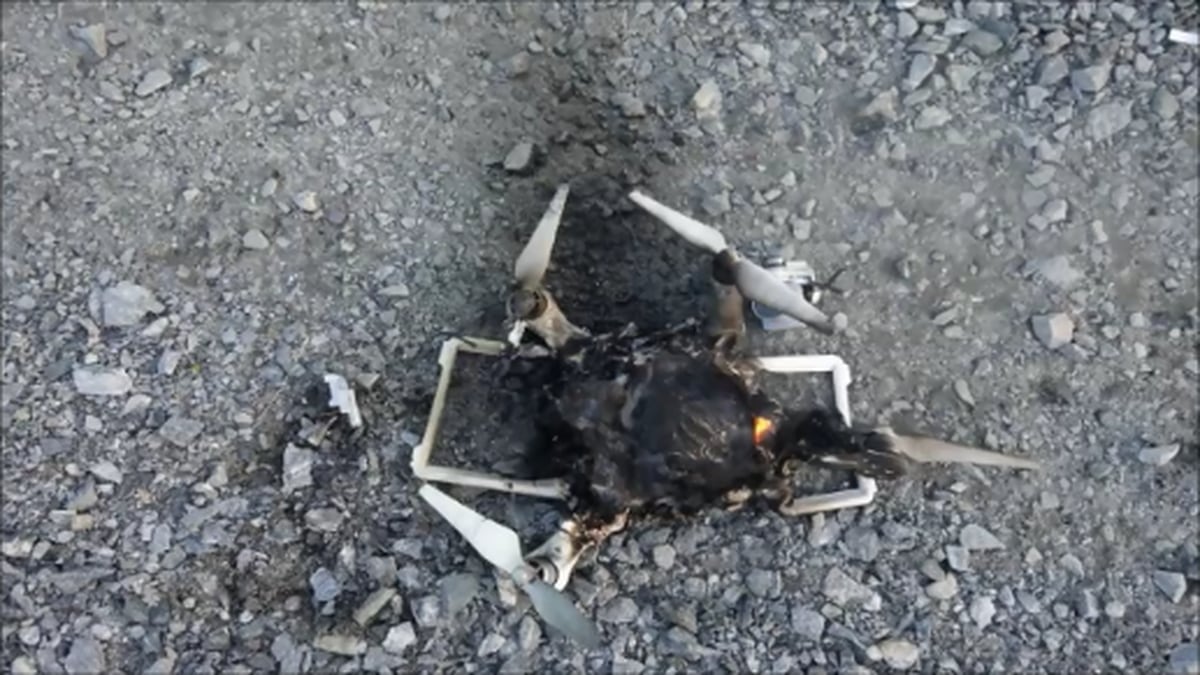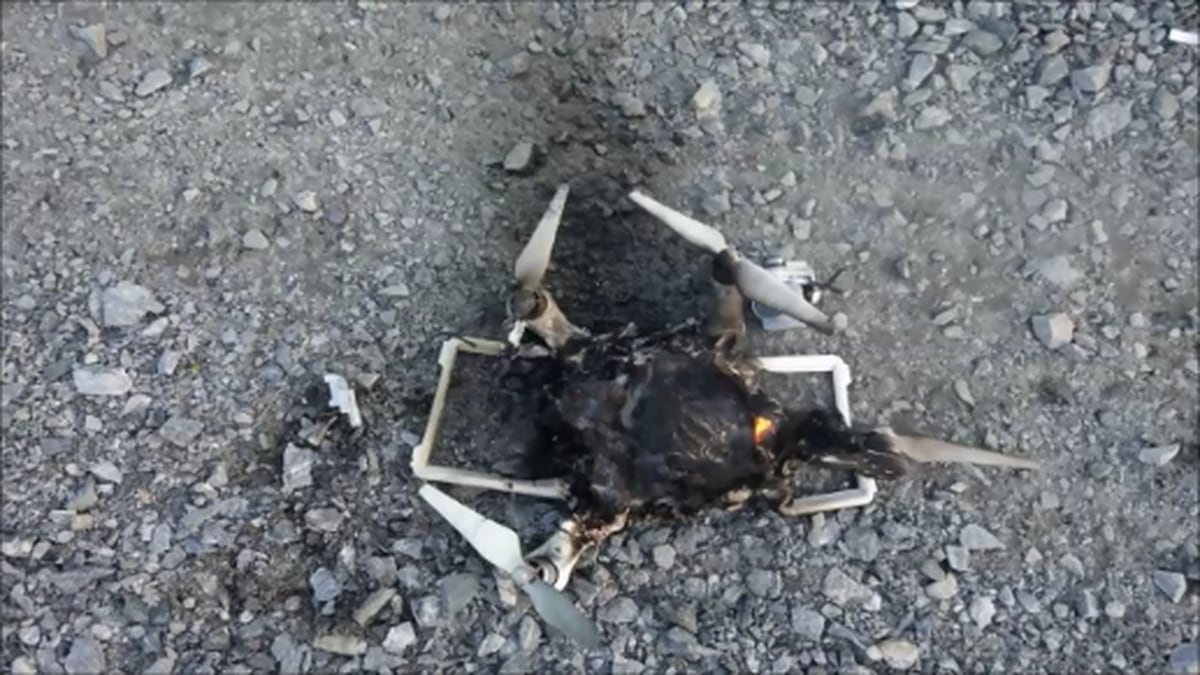Remington drone loads represent a significant advancement in unmanned aerial vehicle (UAV) technology, impacting various sectors. This guide explores the diverse applications of Remington drones, focusing on their payload capacities, deployment mechanisms, safety considerations, and future trends. We delve into the specifics of different Remington drone models, analyzing their capabilities and limitations in handling various types of cargo, from high-resolution cameras to crucial delivery packages.
Understanding the intricacies of Remington drone loads is crucial for both operators and regulators. This in-depth analysis provides a clear understanding of the technical specifications, operational procedures, and regulatory compliance necessary for safe and efficient utilization of these versatile machines. From analyzing payload weight impacts on flight performance to examining the latest advancements in payload deployment mechanisms, we strive to present a complete picture of the current state and future potential of Remington drone technology.
Remington Drone Models and Payload Capacity
Understanding the payload capacity of Remington drones is crucial for selecting the appropriate model for a given application. Payload capacity is determined by a complex interplay of factors, including the drone’s design, battery power, and motor strength. This section details various Remington drone models, their payload capabilities, and the factors influencing those capabilities.
Remington Drone Models and Their Payload Capacities
Several Remington drone models cater to different payload requirements. The following table provides a comparison of three popular models, highlighting their payload capacities, range, and flight times. Note that these figures are approximate and can vary based on environmental conditions and payload configuration.
| Model | Maximum Payload (kg) | Range (km) | Flight Time (minutes) |
|---|---|---|---|
| Remington RX-100 | 5 | 20 | 30 |
| Remington RX-200 | 10 | 30 | 45 |
| Remington RX-300 | 15 | 40 | 60 |
Factors Influencing Payload Capacity, Remington drone loads
Several key factors influence the maximum payload a Remington drone can carry. These factors interact to determine the overall lift capacity of the drone.
- Battery Size: Larger batteries provide more power, allowing for heavier payloads and longer flight times.
- Motor Power: More powerful motors generate greater lift, enabling the drone to carry heavier loads.
- Airframe Design: The drone’s design, including the size and weight of the frame, impacts its overall weight and, consequently, its payload capacity.
- Aerodynamic Efficiency: A more aerodynamic design reduces drag, allowing the drone to carry heavier payloads while maintaining efficient flight.
Types of Loads Carried by Remington Drones
Remington drones are versatile platforms capable of carrying a wide array of payloads, depending on the specific model and configuration. The types of loads and their applications are discussed below.
Common Payload Types and Applications
The following list details various payload types and their potential applications with examples.
- Cameras: High-resolution cameras for aerial photography, surveillance, and inspection. Examples include mapping infrastructure, monitoring construction sites, and inspecting power lines.
- Sensors: Environmental sensors (temperature, humidity, gas detection), LiDAR for 3D mapping, and multispectral cameras for agricultural applications. Examples include precision agriculture, environmental monitoring, and geological surveys.
- Delivery Packages: Small packages for delivery services, particularly in challenging terrains or remote areas. Examples include delivering medical supplies to remote areas or delivering small goods to customers.
Payload Type and Required Drone Model
| Payload Type | Recommended Drone Model | Reason |
|---|---|---|
| High-Resolution Camera | Remington RX-200 or RX-300 | Requires sufficient payload capacity for camera and stabilization equipment. |
| LiDAR Sensor | Remington RX-300 | LiDAR systems are generally heavier and require a drone with a higher payload capacity. |
| Small Delivery Package (up to 2kg) | Remington RX-100 | Suitable for lighter packages and shorter delivery ranges. |
Remington Drone Load Deployment Mechanisms
Safe and efficient payload deployment is crucial for many Remington drone applications. Several mechanisms are used, each with its own advantages and disadvantages.
Payload Deployment Mechanisms: A Comparison

Two common deployment mechanisms are described below.
- Gravity Drop: A simple mechanism where the payload is released by opening a hatch or releasing a latch. Advantages include simplicity and low cost. Disadvantages include lower precision and potential for damage to the payload upon impact.
- Precision Release System: More sophisticated systems that use controlled mechanisms to gently release the payload, often with additional features like parachutes or controlled descent. Advantages include increased precision and reduced risk of payload damage. Disadvantages include higher cost and increased complexity.
Safety Features in Payload Deployment Systems
Remington drone payload deployment systems incorporate several safety features to minimize risks. These include redundancy in release mechanisms, emergency stops, and sensors to prevent accidental deployment.
Safety and Regulations Regarding Remington Drone Loads

Operating Remington drones with payloads requires adherence to safety regulations and best practices to prevent accidents and ensure compliance with the law.
Potential Safety Hazards
Several safety hazards are associated with carrying payloads on Remington drones. These include payload malfunction, loss of control, and collisions. Proper training and adherence to safety guidelines are essential to mitigate these risks.
Relevant Regulations and Guidelines
Regulations governing drone operations vary by region. Operators must be aware of and comply with all local, national, and international regulations pertaining to drone flights and payload transportation. These regulations often address aspects such as airspace restrictions, flight permits, and payload limitations.
Best Practices for Safe Payload Handling
Safe payload handling and deployment are paramount. Best practices include careful payload securing, pre-flight checks, and adherence to weight limits. Regular maintenance of the drone and its components is also crucial.
Technical Specifications and Performance Data: Remington Drone Loads
Understanding the technical specifications of Remington drones is essential for selecting the right model and ensuring safe operation. This section provides key specifications and discusses the impact of payload weight on flight performance.
Key Technical Specifications
| Model | Dimensions (cm) | Weight (kg) | Battery Life (minutes) (without payload) |
|---|---|---|---|
| Remington RX-100 | 50x50x20 | 2 | 40 |
| Remington RX-200 | 70x70x30 | 3 | 50 |
| Remington RX-300 | 90x90x40 | 4 | 70 |
Payload Weight and Flight Performance
Increasing payload weight directly affects flight performance. Heavier payloads reduce range, endurance, and stability. The reduction in performance is not linear and depends on several factors, including the drone’s design and environmental conditions.
Calculating Maximum Safe Payload

The maximum safe payload is calculated by considering the drone’s maximum takeoff weight (MTW), its empty weight, and the weight of the battery. Environmental factors like wind speed and temperature also influence the calculation. Manufacturers typically provide guidelines and software tools for accurate payload calculations.
Case Studies of Remington Drone Load Applications
Real-world applications demonstrate the versatility of Remington drones in diverse settings. The following case studies illustrate successful payload transportation in various scenarios.
Case Study 1: Precision Agriculture
A Remington RX-200 equipped with a multispectral camera was used to monitor crop health in a large farm. The data collected enabled precise application of fertilizers and pesticides, resulting in a significant increase in crop yield. The challenge was maintaining consistent flight altitude and image quality in varying weather conditions. This was addressed through careful flight planning and image processing techniques.
Case Study 2: Infrastructure Inspection
A Remington RX-300 carrying a high-resolution camera was used to inspect a long suspension bridge. The drone provided detailed images of the bridge’s structure, allowing engineers to identify and address potential maintenance issues before they became major problems. The challenge was navigating the complex airspace around the bridge and ensuring the safety of the drone and surrounding environment. This was achieved through careful flight planning and the use of advanced obstacle avoidance systems.
Case Study 3: Disaster Relief
Following a natural disaster, a Remington RX-100 delivered essential medical supplies to a remote village cut off from main roads. The drone’s ability to navigate challenging terrain and reach the affected area quickly proved invaluable in delivering timely aid. The challenge was navigating unpredictable weather conditions and ensuring the safe delivery of fragile medical supplies. This was accomplished by utilizing a specialized payload container designed to protect the contents during transport.
Future Trends in Remington Drone Payload Technology
Technological advancements continuously improve drone capabilities, particularly in payload capacity and operational efficiency. This section explores potential future trends.
Advancements in Drone Technology
Future Remington drones may utilize lighter yet stronger materials, more efficient motors, and advanced battery technologies, significantly increasing payload capacity and flight times. Artificial intelligence and autonomous flight capabilities will also enhance operational efficiency and safety.
Emerging Applications
Advancements in payload technology will open new applications for Remington drones. These include more sophisticated environmental monitoring, advanced delivery systems, and enhanced search and rescue operations. The possibilities are vast and will be limited only by the imagination and regulatory frameworks.
Influence on Safety Regulations
As drone technology advances, safety regulations will need to adapt to ensure safe and responsible operation. This includes developing new standards for payload types, deployment mechanisms, and autonomous flight operations. Collaboration between drone manufacturers, regulators, and industry stakeholders will be crucial in establishing effective and adaptable safety guidelines.
In conclusion, the effective and safe use of Remington drones for diverse payload transportation hinges on a thorough understanding of their capabilities, limitations, and the regulatory framework governing their operation. This guide has aimed to provide a comprehensive overview, highlighting the importance of considering payload weight, deployment mechanisms, and safety protocols. As technology continues to advance, the applications of Remington drones are poised to expand significantly, promising innovative solutions across various industries and enhancing operational efficiency.
Key Questions Answered
What is the maximum flight time for a Remington drone with a heavy payload?
Flight time significantly decreases with increased payload. Specific flight times vary greatly depending on the drone model and payload weight; consult the manufacturer’s specifications for your specific model and payload.
Understanding Remington drone load capacities is crucial for safe and efficient operation. However, capturing stunning aerial photography of those loads requires a high-quality camera, such as the fujifilm x100v , known for its exceptional image quality and compact size. This allows for detailed documentation of the entire Remington drone load process, from preparation to deployment.
Are there specific certifications needed to operate Remington drones carrying payloads?
Yes, regulations vary by location and payload type. Contact your local aviation authority to determine necessary licenses and certifications before operating.
Understanding Remington drone payload capacities is crucial for mission planning. A key factor in determining suitable loads is comparing them to other drone capabilities, such as the payload of a shahed drone , which offers a different range of operational possibilities. This comparison helps determine the best drone for various tasks, ultimately impacting the efficiency and success of Remington drone operations.
How does weather affect Remington drone payload operations?
Adverse weather conditions (high winds, rain, snow) can significantly impact flight stability and safety, often necessitating operational delays or cancellations. Always check weather forecasts before deployment.
What kind of maintenance is required for Remington drones used for payload delivery?
Regular maintenance, including inspections, cleaning, and component replacements, is crucial for ensuring optimal performance and safety. Refer to the manufacturer’s maintenance schedule for your specific drone model.
